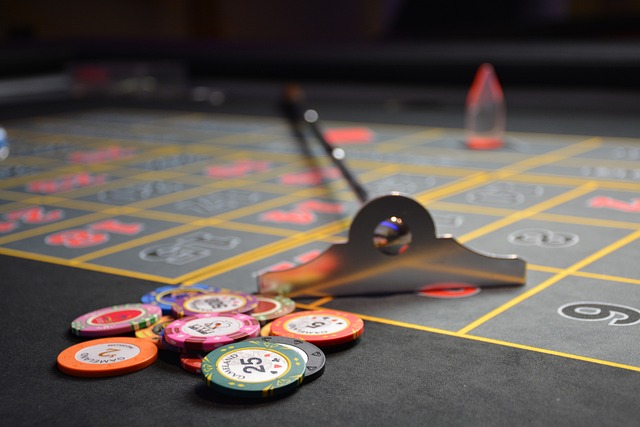A strong poker face is one of the most important tools a player can have. It prevents opponents from reading your emotions, decisions, or hand strength. While physical tells are crucial in live games, online poker requires a different approach since most opponents rely on betting patterns, timing, and chat behavior rather than facial cues. This guide explains how to strengthen your poker face both at the table and online, helping you maintain control and play strategically.
Understanding the Poker Face
A poker face is not just about keeping a neutral expression; it’s about controlling all signals that could reveal your hand or emotions. In live games, opponents watch your eyes, posture, gestures, and facial expressions. Online, the focus shifts to bet sizing, timing, and chat interactions.
Why It Matters
- Conceals hand strength and intentions
- Reduces opportunities for opponents to exploit your emotional state
- Supports consistent strategic play under pressure
Techniques for a Live Poker Face

Even if you mostly play online, learning live poker face techniques builds discipline and self-control.
1. Control Your Expressions
- Practice neutral facial expressions in front of a mirror.
- Avoid reactions to wins, losses, or card reveals.
- Tip: Keep breathing steady to reduce involuntary facial tension.
2. Manage Body Language
- Sit upright but relaxed; avoid fidgeting.
- Keep hands visible but calm, avoiding tapping or gestures.
- Tip: Use consistent posture for all situations to prevent opponents from identifying patterns.
3. Practice Mindfulness
- Focus on your decisions rather than outcomes.
- Awareness of internal reactions helps prevent them from leaking externally.
- Tip: Meditation or brief focus exercises before sessions can reduce stress-based tells.
Techniques for Online Poker
Online poker doesn’t require controlling facial expressions but emphasizes timing, betting patterns, and chat behavior.
1. Bet Consistently
- Avoid predictable bet sizes linked to hand strength.
- Mix up bets with similar hands to prevent pattern recognition.
- Tip: Occasionally use small bluffs or large bets with weak hands to keep opponents guessing.
2. Control Your Timing
- Avoid consistently acting too fast or too slow, which can reveal confidence or uncertainty.
- Tip: Use a timing rhythm that feels natural but doesn’t give away hand strength.
3. Avoid Emotional Chat
- Many online platforms allow chat, but revealing frustration or excitement can be a tell.
- Tip: If you must chat, keep messages neutral and non-reactive.
Quick Online Checklist
- Bet sizing: Avoid predictable patterns
- Action timing: Maintain consistent rhythm
- Chat: Keep neutral and professional
- Session breaks: Step away after emotional hands
Practicing Your Poker Face

- Simulation: Play in front of a mirror or record yourself to identify involuntary tells.
- Timed drills: Set a timer when making online bets to practice consistent timing.
- Mindful review: After sessions, review hands and note where emotions may have leaked.
Common Pitfalls
- Overthinking your “face”: Excessive focus can increase stress and mistakes.
- Ignoring internal emotions: Poker face works best when combined with mental control.
- Relying solely on online anonymity: Even online, betting patterns and chat can betray you.
Final Tips
A strong poker face, online or offline, comes down to discipline, awareness, and consistency. Whether controlling facial expressions, body language, or betting patterns, your goal is the same: prevent opponents from reading your hand or emotional state. Regular practice and mindful reflection will strengthen this skill, giving you a strategic edge over less disciplined players.
